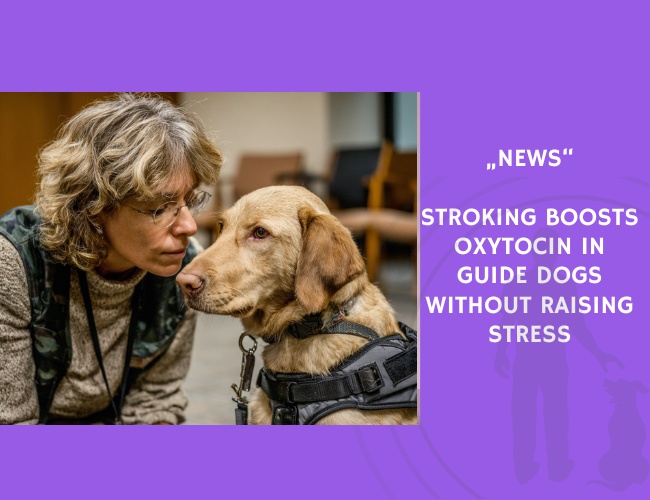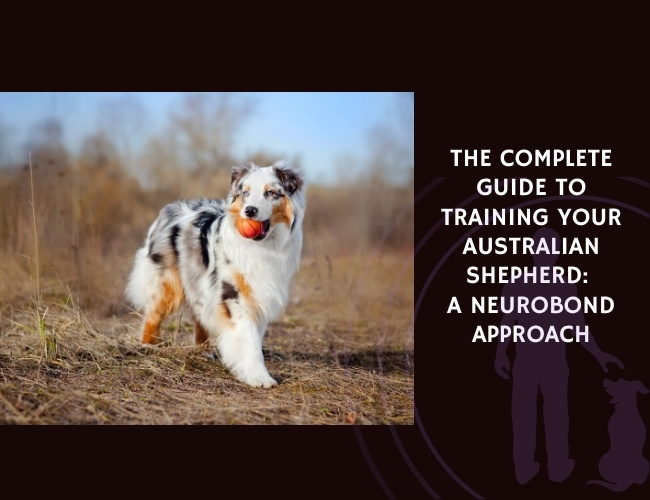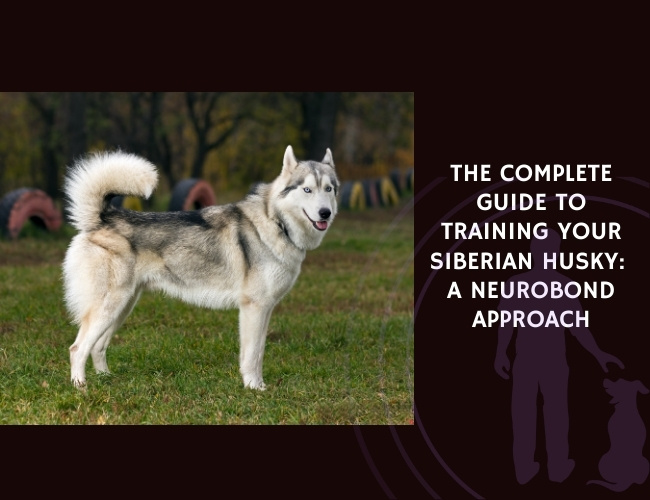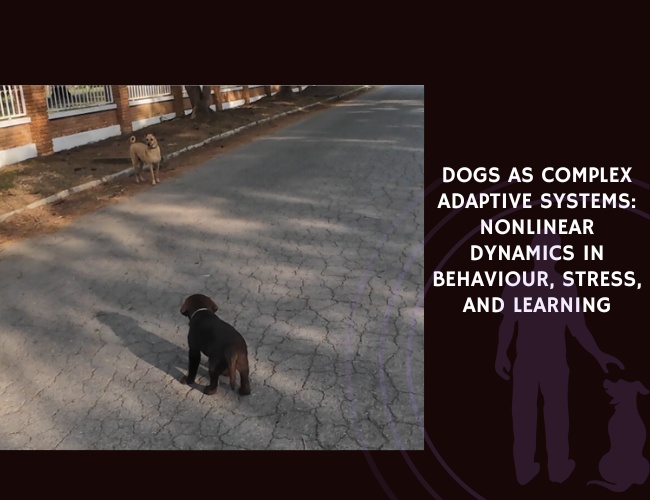In a 2020 study published in Animals, Ayaka Ogi and colleagues examined the effects of human interaction and brief isolation on salivary oxytocin and cortisol levels in eight guide dogs. The sample included six Labrador Retrievers and two Golden Retrievers, evenly split between males and females, all around 22 months old and just weeks from being paired with their visually impaired handlers.
Each dog experienced two conditions, spaced one week apart: a positive condition involving five minutes of stroking and affiliative contact with their trainer, and a negative condition involving five minutes of isolation. Saliva was collected before and immediately after both sessions for oxytocin measurement, and 15 minutes later for cortisol assessment. Behavior during isolation was also observed for signs of distress.
The results revealed a statistically significant increase in oxytocin after the positive interaction (p = 0.036), but no change after isolation (p = 0.779). Cortisol levels showed no significant differences between the two conditions (p = 0.263), and no signs of behavioral distress were observed during isolation.
These findings support the hypothesis that gentle stroking and positive human contact improve emotional state in guide dogs independently of HPA axis activation. The study also demonstrates the feasibility of using saliva-based hormone analysis to assess welfare impacts in working dogs.
Source: Ogi, A., Mariti, C., Baragli, P., Sergi, V., & Gazzano, A. (2020). Effects of stroking on salivary oxytocin and cortisol in guide dogs: Preliminary results. Animals, 10(4), 708.










